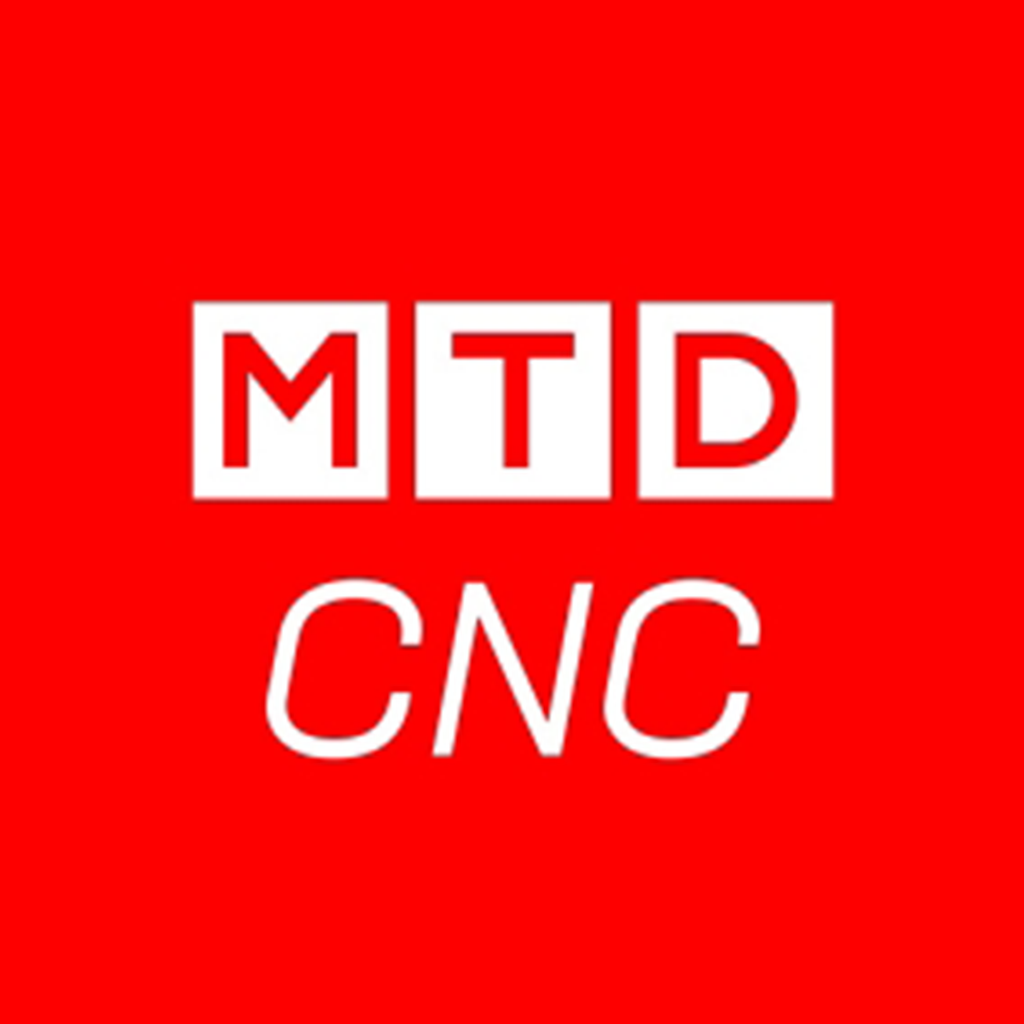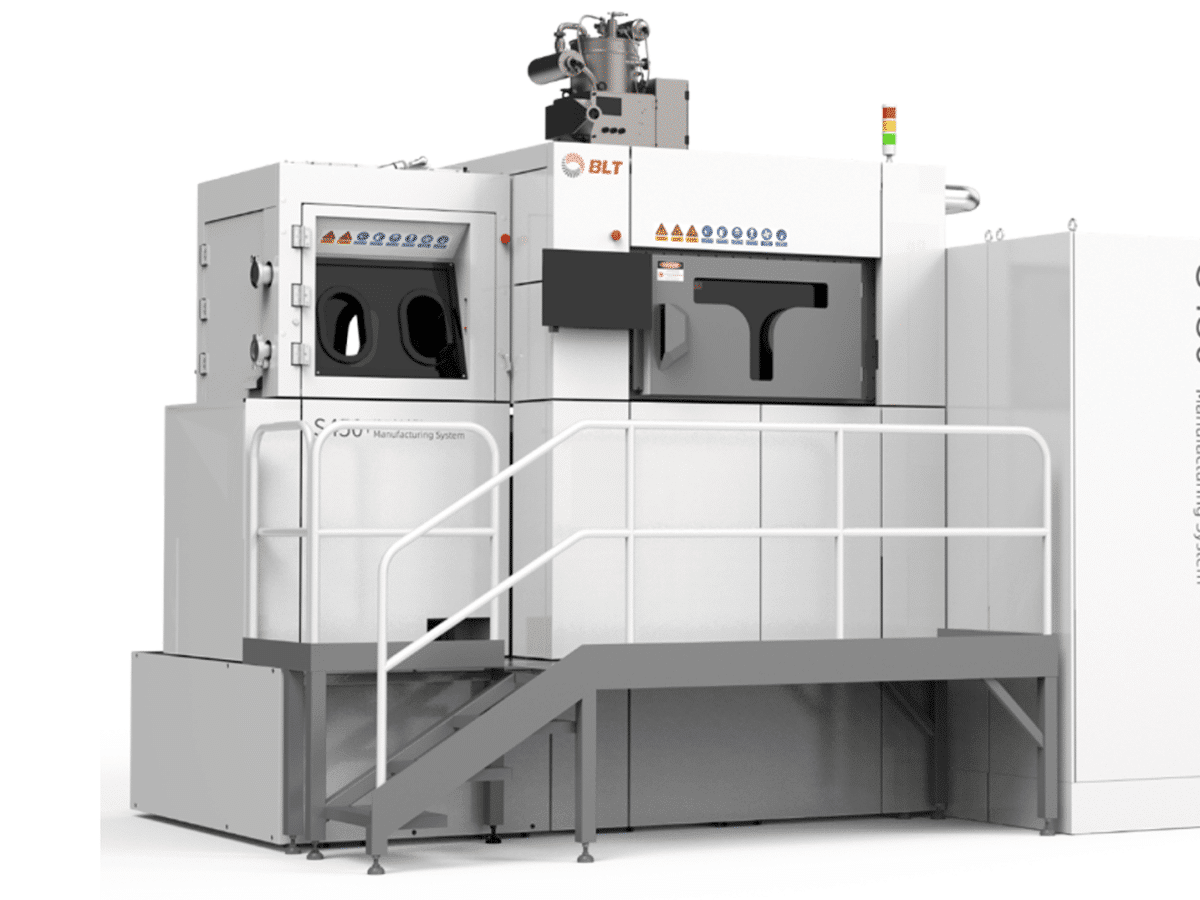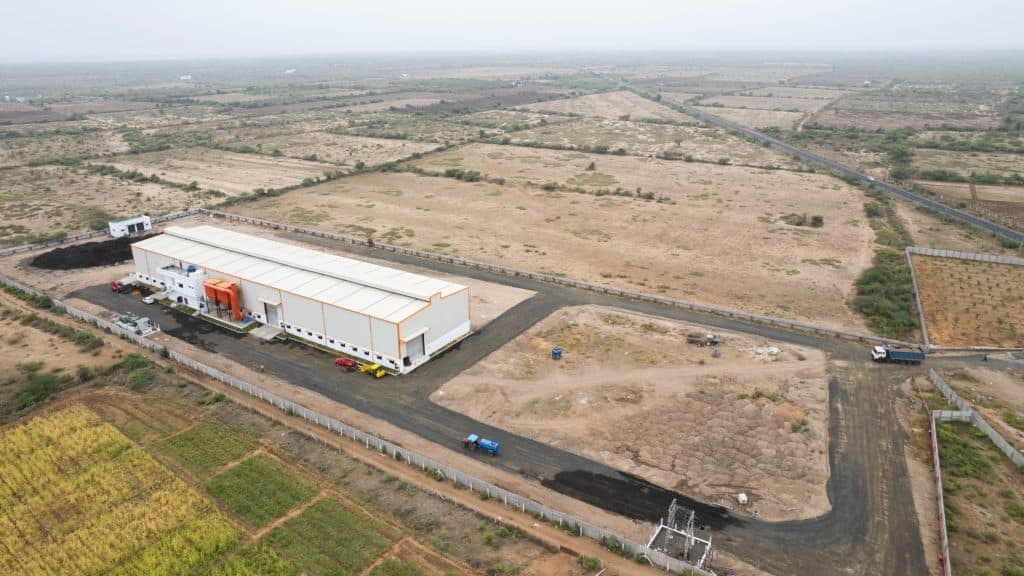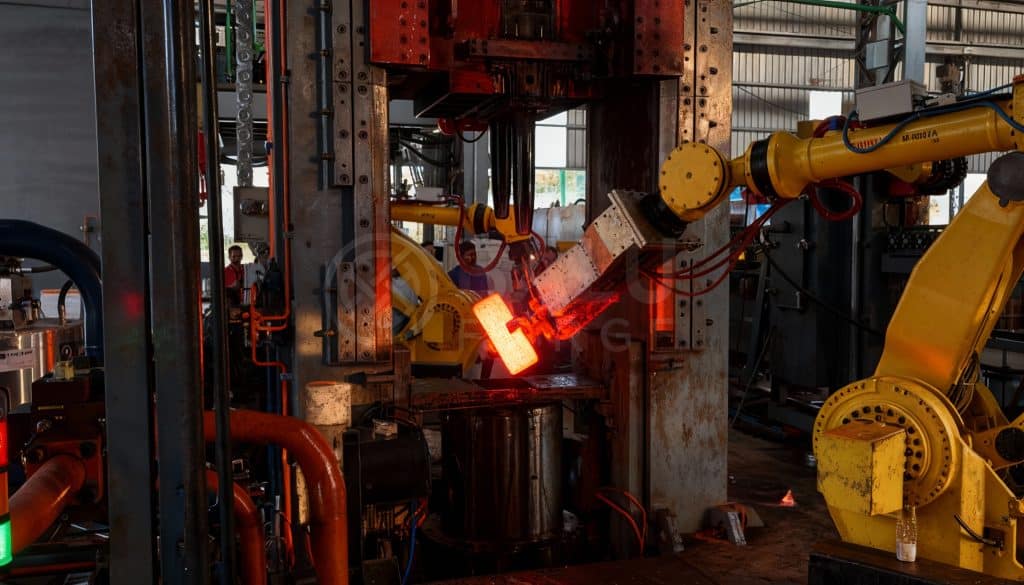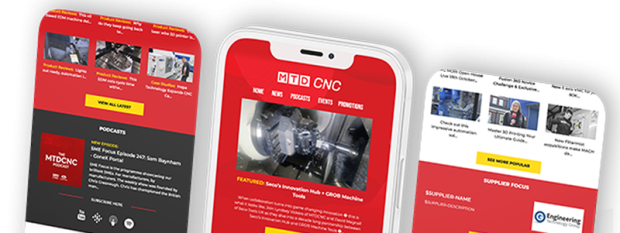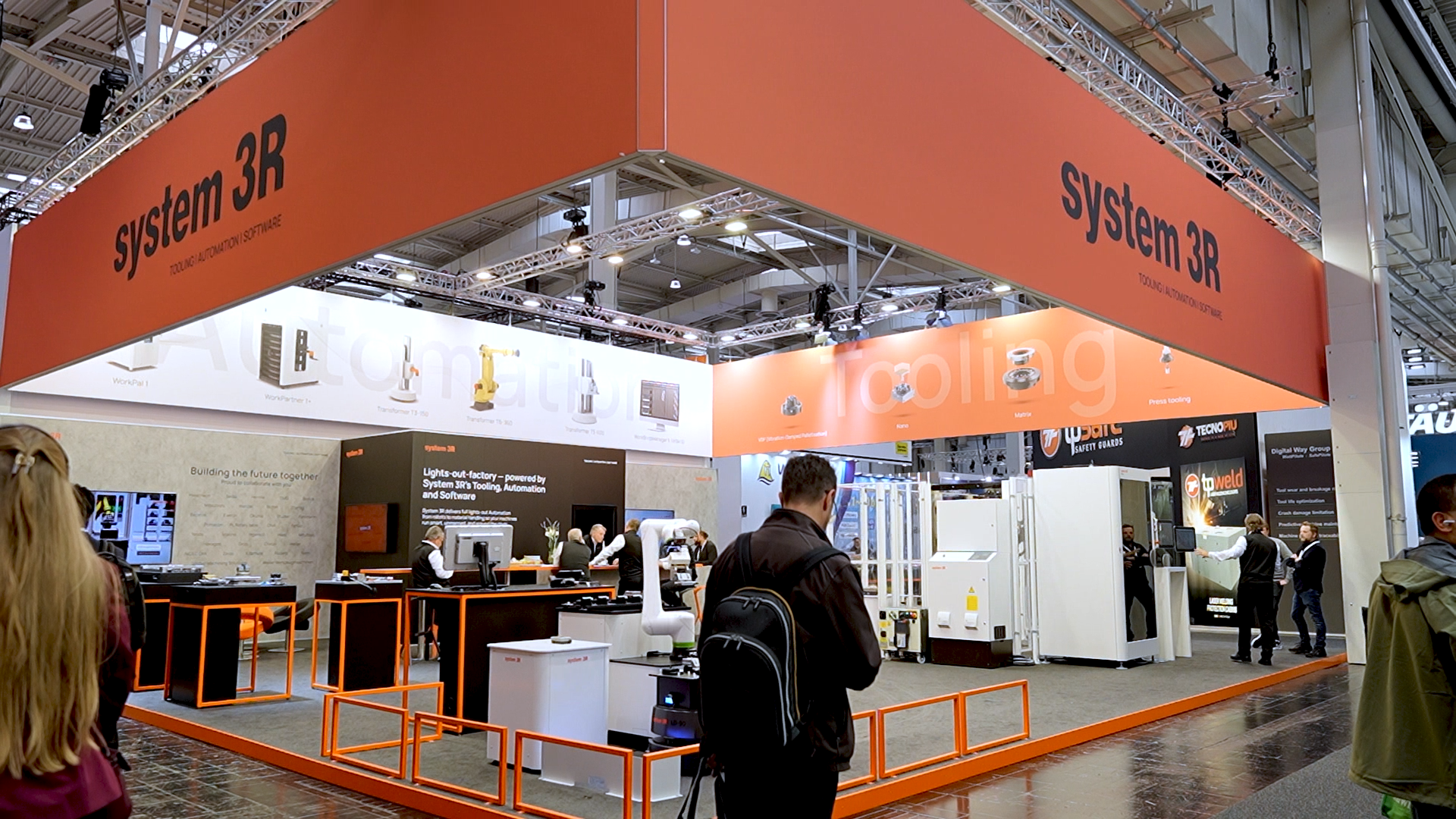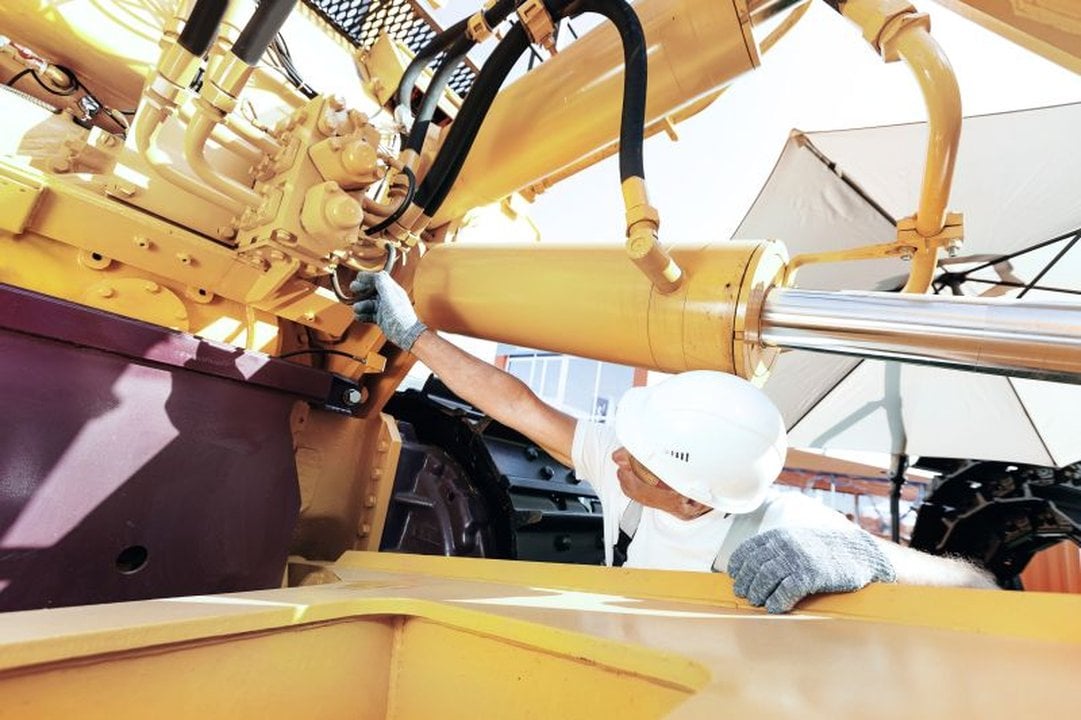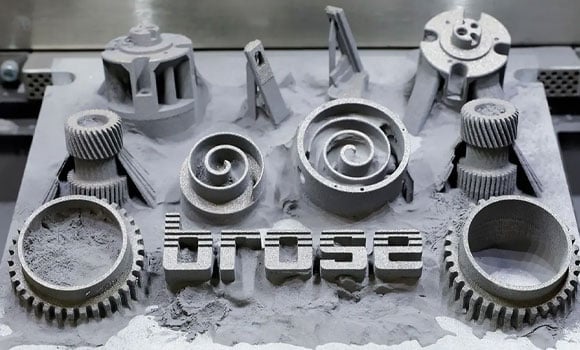
Machine Tools: Indicators of Economic Health
German Economics Minister Robert Habeck’s recent diplomatic mission to China underscored significant economic concerns, such as customs tariffs on electric vehicles. This visit was crucial to prevent potential economic repercussions for Germany, as leading German manufacturers have substantial operations in China. These manufacturers are major suppliers of electric vehicles to Europe, and any new tariffs could adversely affect the German economy. Additionally, there were worries about possible retaliatory tariffs on internal combustion engine vehicles exported from Germany to China.
The German machine tool industry, which is deeply connected to the automotive sector, mirrors these economic tensions. Although the industry’s reliance on the automotive sector has decreased from 42% in 2019 to 31% in 2021, the machining of engine blocks, shafts, and metal sheets remains a primary value-added activity. According to the 2023 Market Report by the German Machine Tool Builders’ Association (VDW), the automotive manufacturing sector’s significance has diminished compared to 2019, yet it remains the largest customer industry for machine tools.
Industry Overview and Trends
The German Machine Tool Builders’ Association (VDW) attributes the decline in the automobile sector to a transformation within the industry, marked by a growing focus on electromobility. This shift underscores the need for the machine tool industry to avoid trade conflicts with China, its largest sales market for an evolving customer base.
The VDW’s biennial study of customer structures among its member companies reveals a trend of increasing diversification within the industry. In 2021, approximately 50 member companies participated in the study, reporting about 12,300 machines valued at €4.6 billion. While the latest figures for 2023 are pending, the trend of diversification is apparent. In 2019, the three largest customer groups—mechanical engineering, automobile manufacturers, and automotive component suppliers—accounted for two-thirds of the market. By 2021, this figure had dropped to 60%, indicating a broader customer base.
Exports at a Record Level
Examining the global machine tool market, China has become a formidable competitor. For the first time, China’s production of machine tools exceeded domestic demand, resulting in exports valued at €7.3 billion. Japan followed with €6.3 billion in exports, while Germany maintained its position as the world leader with nearly €8 billion in machine tool exports. Despite increasing global competition, a trade war in the cutting and forming technology sector seems unlikely. German, Swiss, and Japanese manufacturers have significantly contributed to China’s record export levels.
A regional comparison shows that European countries and the USA have gained ground in machine tool production. While China, Japan, and Taiwan experienced declines, production volumes in Germany, the USA, Italy, and Spain saw significant increases in the past year.
Fluctuations in Incoming Orders
Despite these positive export figures, the German machine tool industry faces “challenging times” in 2024 and 2023, according to the VDW. High inflation last year led to an 11% nominal drop in incoming orders for German machine tool manufacturers. Analysis of the three-month average for incoming orders reveals increased volatility, with significant fluctuations observed over years rather than quarters. This volatility underscores the urgency of Habeck’s diplomatic efforts to mitigate economic downturns.
AMB 2024: A Meeting Point for Innovations
The upcoming AMB 2024 in Stuttgart will serve as a crucial platform for the metalworking industry. Over 1,200 companies from 30 countries will showcase their solutions, ranging from machine tools and production lines to control and drive systems. The event will also feature automation solutions, measuring and testing systems, AI, intelligent networks, CAD/CAM applications, and collaborative robotics. A special show by the VDW and the German Engineering Federation (VDMA) will highlight the benefits of open interface standards based on the umati (universal machine technology interface) initiative. Additionally, the SmartFactory at the Entrance East will demonstrate fully automated process chains.
Summary Table of Customer Structure in the Machine Tool Industry
| Industry | 2021 | 2019 |
|---|---|---|
| Automotive Industry | 31% | 42% |
| Mechanical Engineering | 29% | 24% |
| Manufacture of Metal Products | 12.4% | 7.5% |
| Aerospace Engineering | 5.4% | 6.7% |
| Electrical Engineering Industry | 4.4% | 3.0% |
| Precision Mechanics | 1.9% | 1.8% |
| Medical Technology | 1.5% | 1.2% |
The table illustrates the changing landscape of the machine tool industry’s customer base, reflecting a move towards diversification and a reduced dependency on the automotive sector.
In conclusion, Habeck’s economic diplomacy aims to stabilize Germany’s market amidst shifting global dynamics. The machine tool industry, pivotal to Germany’s economy, is navigating these changes through diversification and innovation, as highlighted by the upcoming AMB 2024 event.



